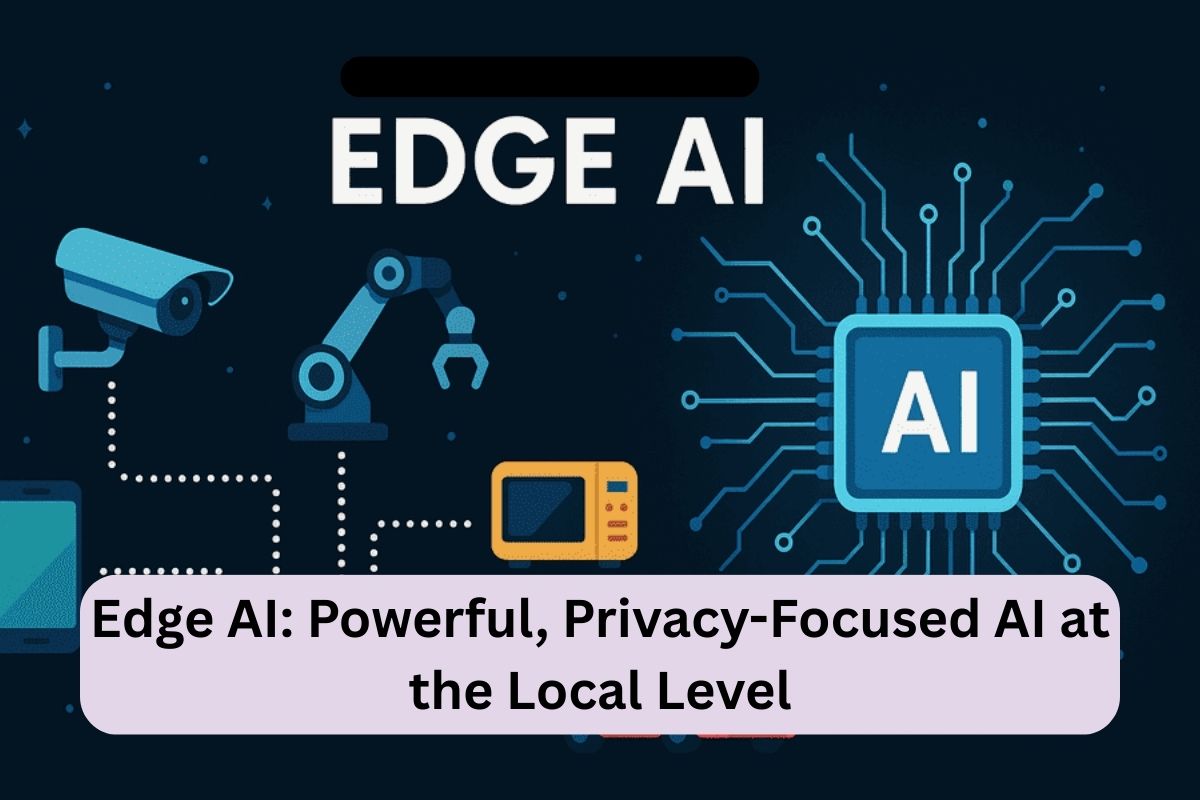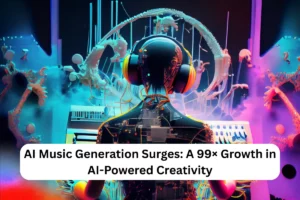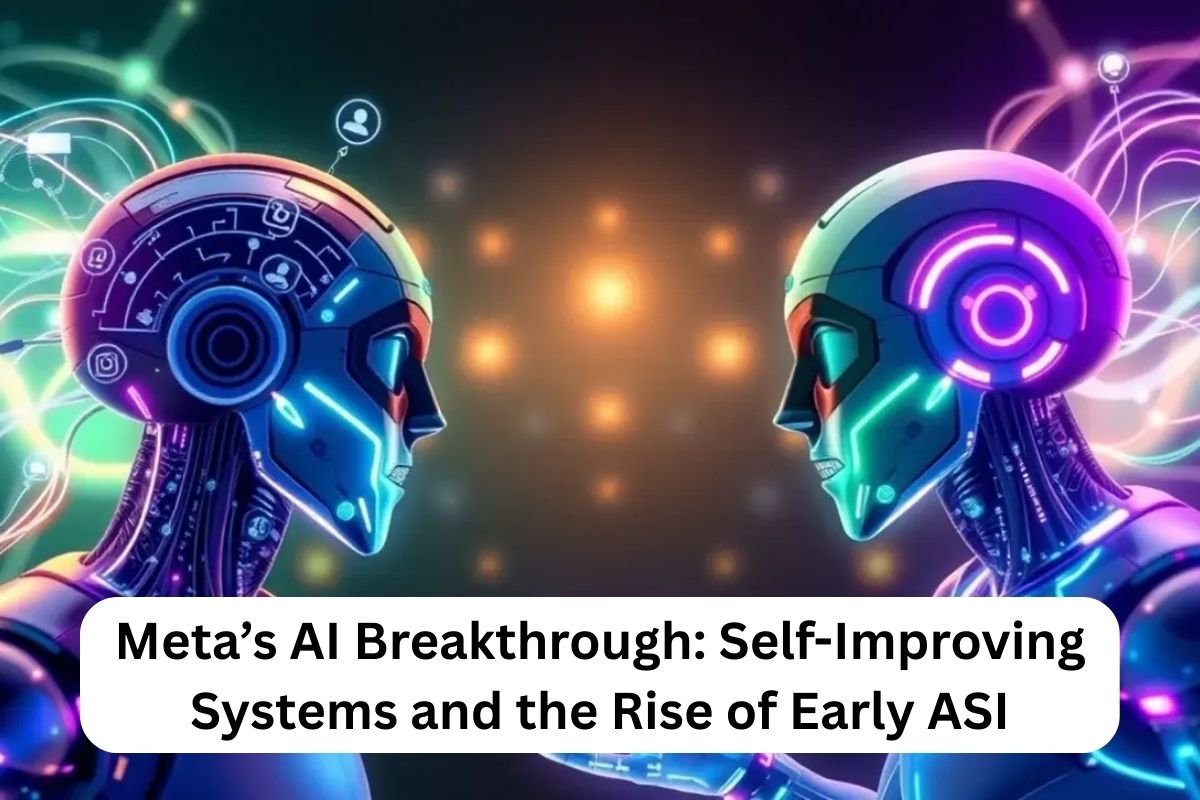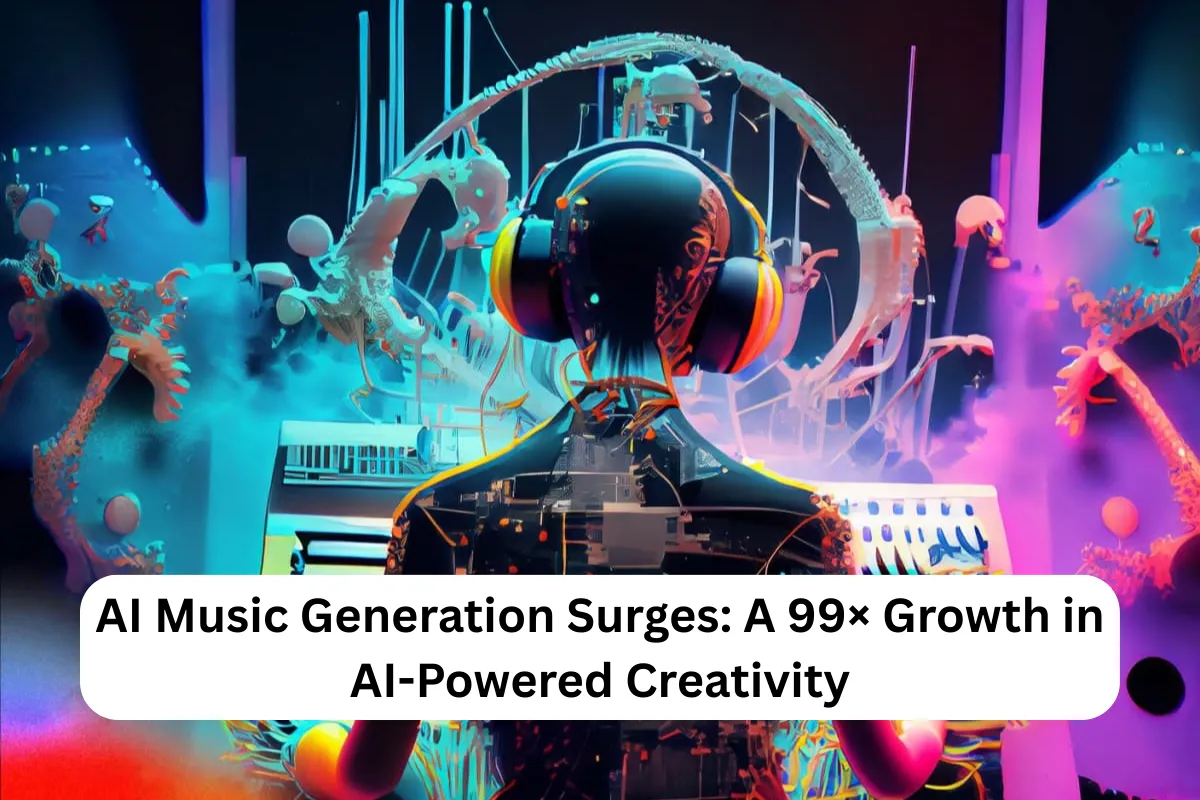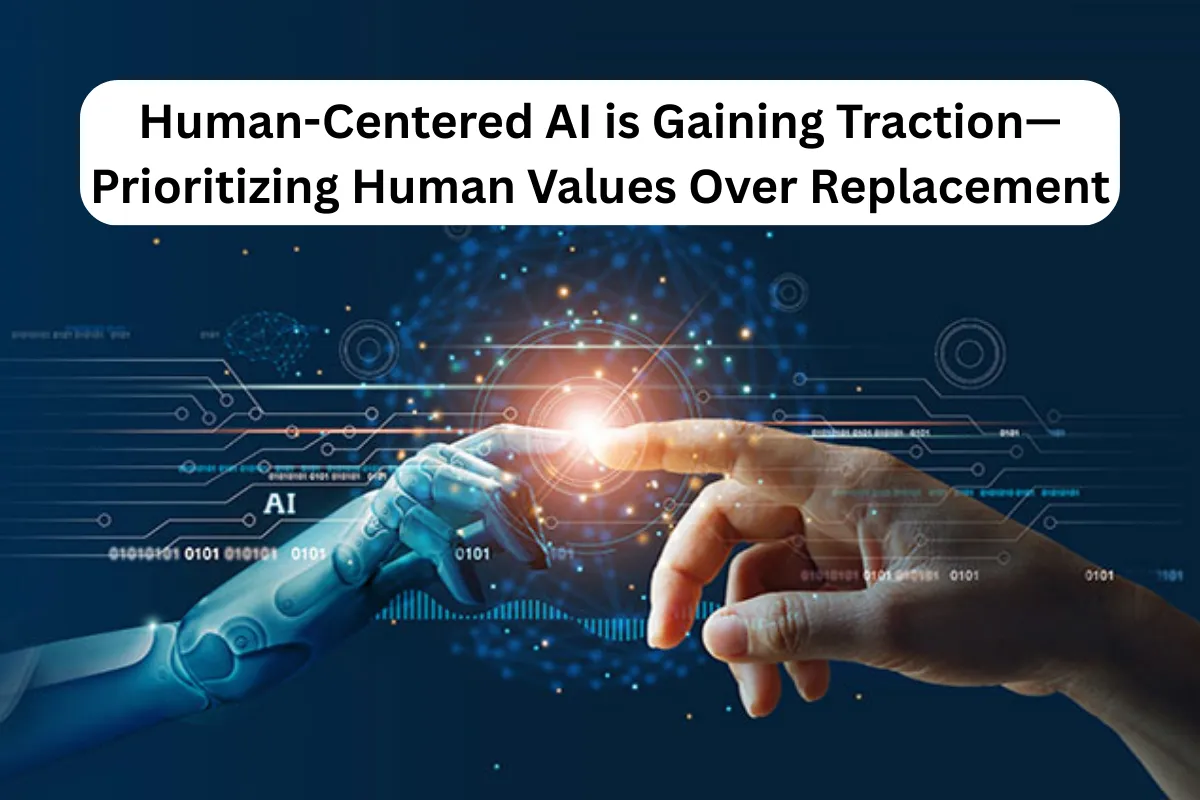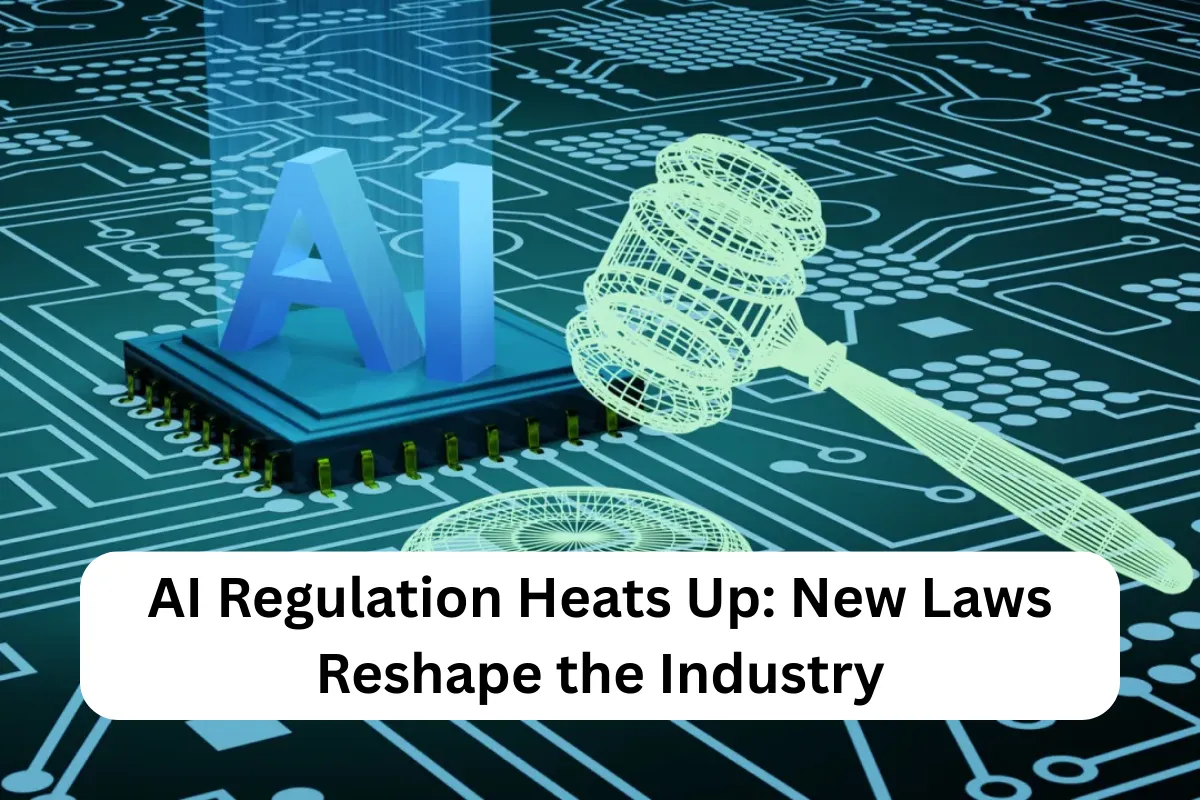Artificial Intelligence is everywhere—from smartphones and wearables to smart cars and security systems. But most AI today still depends on cloud data centers for heavy computation, which can raise concerns about privacy, latency, and data security. That’s where Edge AI comes in. By moving AI computation closer to where data is generated—on local devices instead of remote servers—Edge AI delivers faster, more private, and more efficient intelligence.
What is Edge AI?
Edge AI is the practice of running artificial intelligence algorithms directly on local devices, such as smartphones, IoT sensors, cameras, or autonomous vehicles. Instead of sending sensitive data to centralized cloud servers for processing, the AI system analyzes and interprets information right at the source.
This approach improves response time, reduces reliance on internet connectivity, and strengthens privacy since personal data doesn’t always need to leave the device.
Why Edge AI Matters
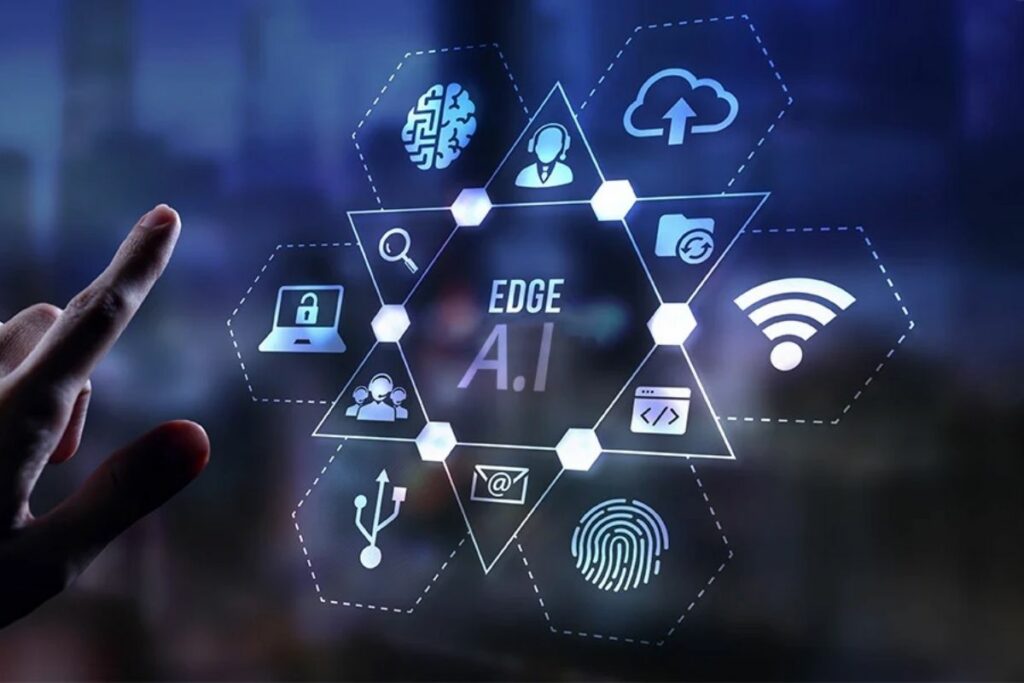
As industries move toward real-time decision-making, Edge AI is becoming essential. Whether it’s a self-driving car avoiding accidents in milliseconds or a smart home device recognizing commands instantly, Edge AI ensures faster and more reliable performance.
It also addresses growing privacy concerns, as sensitive data—like health metrics from a smartwatch—can be processed locally without being exposed to third-party servers.
Edge AI vs Cloud AI
| Feature | Cloud AI (Centralized) | Edge AI (Local) |
|---|---|---|
| Data Processing | Done in remote servers | Done on local devices |
| Latency | Higher, depends on internet speed | Low, near real-time |
| Privacy | Data often sent to third-party servers | Data stays on-device |
| Connectivity | Requires strong internet connection | Can work offline or with limited internet |
| Best Use Cases | Large-scale data training, storage | Real-time apps, IoT, wearables, robotics |
Real-World Applications of Edge AI
- Healthcare: Smart wearables track heart rate and process data instantly for early warnings.
- Automotive: Self-driving cars process camera and sensor data locally for split-second safety decisions.
- Retail: Smart cameras track inventory and customer behavior without sending video to external servers.
- Manufacturing: Edge AI-powered robots detect faults in assembly lines in real time.
- Smart Homes: Devices like voice assistants respond instantly without always sending commands to the cloud.
Benefits of Edge AI
- Improved Privacy: Sensitive data remains on the device.
- Lower Latency: Real-time decision-making with instant responses.
- Reduced Bandwidth Use: Less dependency on continuous internet connections.
- Increased Reliability: Works even in offline or weak network environments.
- Cost Efficiency: Reduces reliance on expensive cloud infrastructure.
Challenges of Edge AI
While powerful, Edge AI comes with its own hurdles. Local devices often have limited computing power and storage compared to cloud servers. Updating models across millions of devices can be complex. Additionally, balancing energy consumption with performance is a continuing challenge, especially for battery-powered devices.
The Future of Edge AI
With advancements in chips, lightweight AI models, and 5G technology, Edge AI is set to expand rapidly. Analysts predict it will play a critical role in healthcare, autonomous vehicles, smart cities, and cybersecurity. By combining speed, privacy, and intelligence, Edge AI is likely to become a cornerstone of next-generation digital infrastructure.
Edge AI marks a major shift in how artificial intelligence is deployed. By processing data locally instead of relying solely on centralized servers, it improves privacy, reduces latency, and enables real-time decision-making. From healthcare to self-driving cars, its applications are vast and transformative. As industries adopt smarter and more connected systems, Edge AI is poised to become one of the most impactful innovations in AI technology.
FAQs on Edge AI
1. What is the main advantage of Edge AI?
The biggest advantage is privacy and speed—data is processed locally, reducing risks and delays.
2. How is Edge AI different from Cloud AI?
Cloud AI relies on remote servers, while Edge AI processes data directly on devices.
3. Where is Edge AI used in daily life?
Smartphones, wearables, autonomous cars, smart home devices, and factory automation systems use Edge AI.
4. Does Edge AI work without internet?
Yes. Since it processes data locally, Edge AI can work offline or with limited connectivity.
5. What is the future of Edge AI?
It will become essential in healthcare, autonomous systems, smart cities, and cybersecurity, enabling real-time intelligent solutions.
